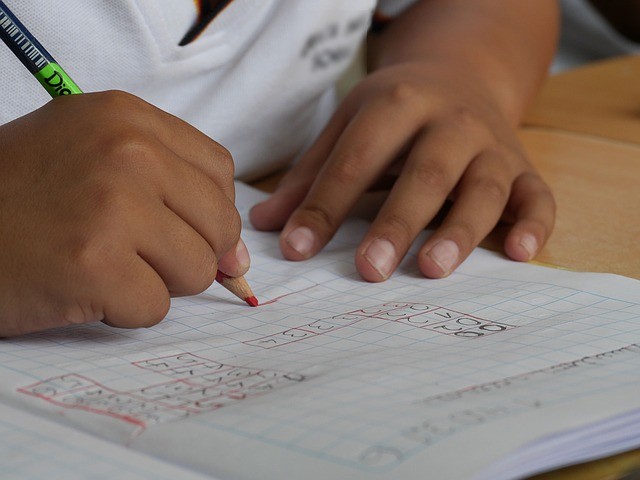The full breakdown of the 2017 NAPLAN results has invoked concern over the quality of education systems and the focus of students. With a quarter of year 9 boys falling short of the minimum NAPLAN standards, the results act as a clear indicator that current systems are not adequately preparing children for the future.
2017 NAPLAN Results
Across all five domains tested in NAPLAN, the proportion of students meeting the minimum level of achievement has plateaued or declined for the majority of cohorts. 92.6% of students received results that corresponded with National Minimum Standards in 2017, reduced from the 93% in 2016.
The year 9 literacy results proved to be the most concerning field, with 24.6% of boys failing to reach the band 6 requirement. While girls were found to test better on the writing exam, a result of 18.4% inadequate year 9 marks means educators have work to do across the whole year group.
Literacy skills are essential abilities that are integrated into all workplace roles. Given their foundational importance, it is particularly essential that educators identify the reasons for the shortfall in writing abilities and work to improve the situation.
Inequality outcomes
Persisting inequality patterns have also been emphasized through the results, suggesting a potential need for more government support and public initiative.
Students from regional and remote areas are trailing behind those in metropolitan areas, suggesting their geographic disadvantage is significantly impacting upon their education. Similarly, Indigenous students showed notably worse academic outcomes than non-indigenous schoolchildren.
Extended effects on the HSC
Given the NAPLAN’s new impact on the entire high school experience, the effect of the substandard results will flow on to the HSC.
It is concluded that almost 70% of year 9 NSW students will now be required to complete an additional exam before even being eligible for a High School Certificate. This means students must pass supplementary online tests to boost their academic qualifications.
The new literacy and numeracy standard requires year 9 students to achieve band 6 results, with progressively lenient standards pursuing for lower year groups.
While this requirement will help to ensure students are committed to achieving academic excellence throughout their entire schooling life, it places more stress and responsibility on younger children to test well.
Although it is far-fetched to expect 100% of students to reach the minimum standards, there is certainly room for improvement from 2017’s results. Results should ideally continue to improve each year, with the increased resources and tools available to educators.
The Australian Education Minister has reinforced public concerns, suggesting a need to address unsatisfactory results. However growth in some areas, particularly for the year 3 group, suggests future results may be promising.

